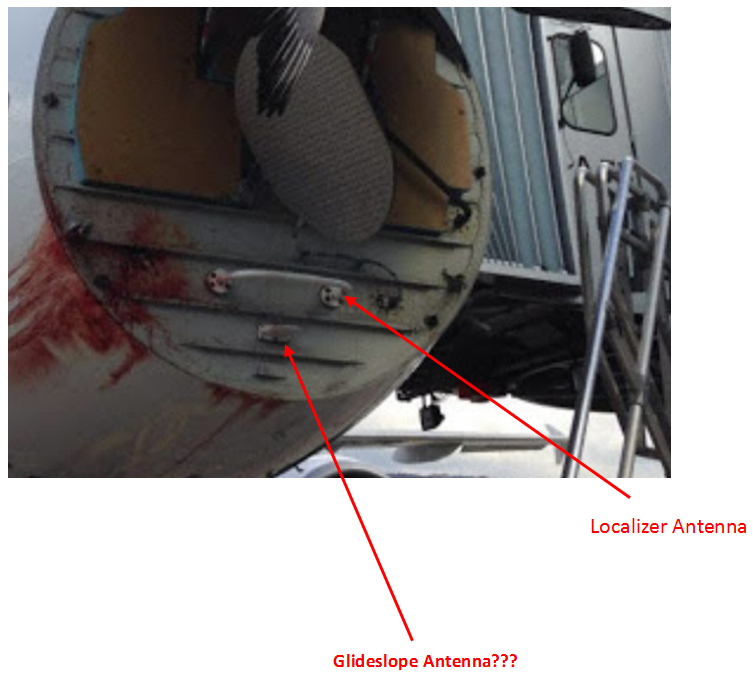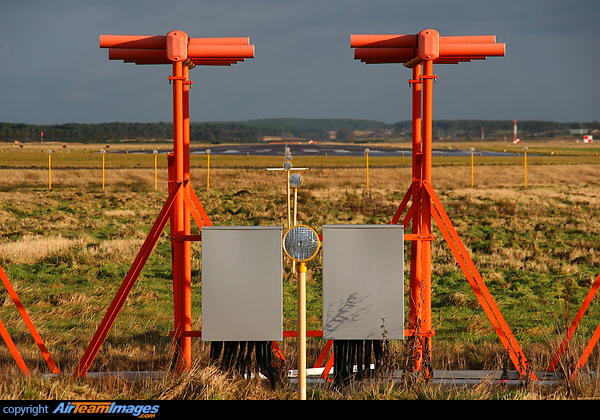

However, if the approach is conducted at the altitudes specified on the appropriate approach chart, these false courses will not be encountered. Getting established on one of these false courses will result in either confusion (reversed glide-slope needle indications), or result in the need for a very high descent rate. An aircraft flying the LOC/glide-slope course at a constant altitude would observe gyrations of both the glide-slope needle and glide-slope warning flag as the aircraft passed through the various false courses. The angle of the lowest of these false courses will occur at approximately 9°–12°. In addition to the desired course, glideslope facilities inherently produce additional courses at higher vertical angles. Surface vehicles and even other aircraft flying below 5,000 feet above ground level (AGL) may disturb the signal for aircraft on the approach. Localizer and glide-slope signals are subject to the same type of bounce from hard objects as space waves. The ILS and its components are subject to certain errors, which are listed below. The back-course marker, where installed, indicates the back-course FAF.

It indicates the point at which an aircraft is at the decision height on the glide path during a Category II ILS approach. The inner marker (IM), where installed, is located on the front course between the MM and the landing threshold. The MM is located approximately 3,500 feet from the landing threshold on the centerline of the localizer front course at a position where the glide-slope centerline is about 200 feet above the touchdown zone elevation.

These are called the front and back courses, respectively. This unit radiates a field pattern, which develops a course down the centerline of the runway toward the middle markers (MMs) and outer markers (OMs), and a similar course along the runway centerline in the opposite direction.


 0 kommentar(er)
0 kommentar(er)
